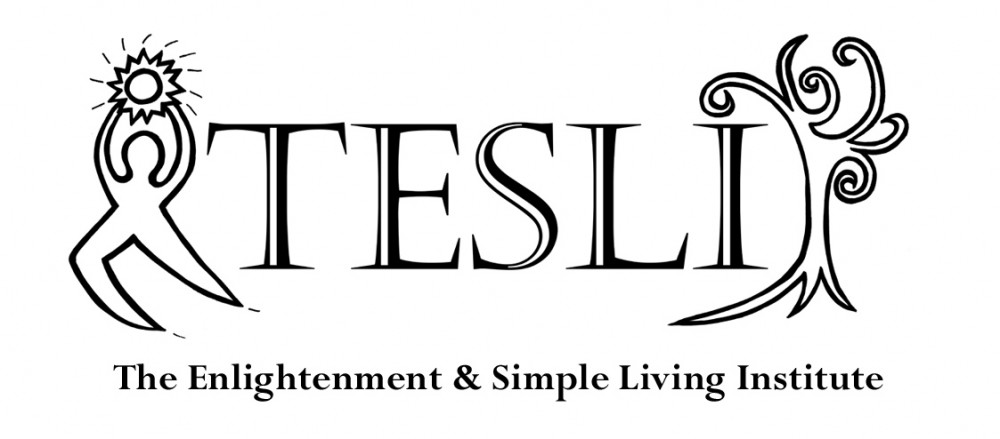I’ve been so busy with work and school, it is so good to finally have some time to write.
This week we studied co-occurring disorders. I was especially interested in the perspective presented on depression. Mainstream medicine appears to be in denial around the use of anti-depressants. Research consistently shows that antidepressants do not work any better than placebo. So why do we still use them? They get approved as drugs because they do have a statistically significant effect on depression. However, that effect is not clinically significant.
The difference between clinical significance and statistical significance can be described like this: Le’ts say that people start the study with depression reported as a 7.0 on a ten point scale with the most severe depression being 10. And at the end of the study they have improved to a 4.0. That’s great! They are feeling better. However, the placebo controls have also improved and they come in at a 4.1. For our example the 4.0 is statistically different than the 4.1. However the difference between placebo and anti-depressant is not clinically different. People just don’t say, “my depression is down to 4.0 from 4.1 and I feel the difference.”
Different ailments appear to have respond differently to placebo. Depression is highly responsive to placebo. Research from 1999 found the effects of placebo on depression to be 75%. However, these placebo effects on depression have been continuing to grow over the past couple decades, so that now we are finding certain antidepressants no better than placebo. Menopausal hot flashes also have a nice placebo response. And at least one third of the results of pain relief can be attributed to placebo effect alone.
Placebo, or context effect as I like to call it, has been extensively studied. We know some of the things that will increase the likelihood of a treatment being effective. These range from the color of the pill to patients perception’s of the health care practitioner. Placebo effect is really not much different than marketing.
The mental health practitioner doesn’t realize that when they listen attentively to their client, label them with a disorder name (e.g. “You have bipolar depression.”) and tell the client that there is a pill that will “stabilize their brain chemistry” they are actually marketing the treatment. They may also tell the client that the drug’s effects could “kick in” immediately, or they might occur slowly over a period of a couple months. This gives the client options on how to respond to their “placebo/antidepressant”. If the client then runs into someone that is on “their” antidepressant and they say it “saved their life”, they have additional context to boost the effectiveness of the treatment.
The word “placebo” has gotten a bad wrap, in the sense that only a fool would respond to placebo effect. That is one of the reasons I prefer “context effects” over “placebo”. Context matters and optimizing context to support healing seems like a good strategy, not a unethical strategy. Certain settings, particular colors, and personal biases make a difference in treatment effectiveness. Does optimizing context fall under the adage of “first do no harm” or does it harm someone to play into their natural tendencies to put faith in certain people, places and things?
Di Blasi, Z. & Kleijnen, J., (2003). CONTEXT EFFECTS: Powerful Therapies or Methodological Bias? Evaluation & The Health Professions, 26(2), 166-179 DOI: 10.1177/0163278703252254.
